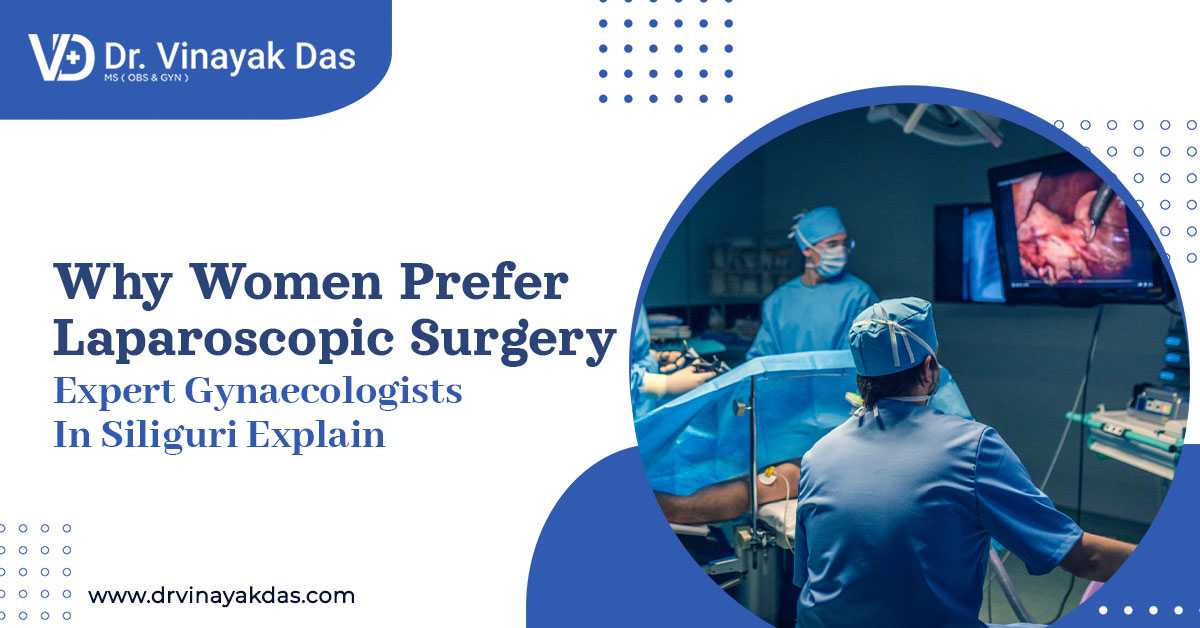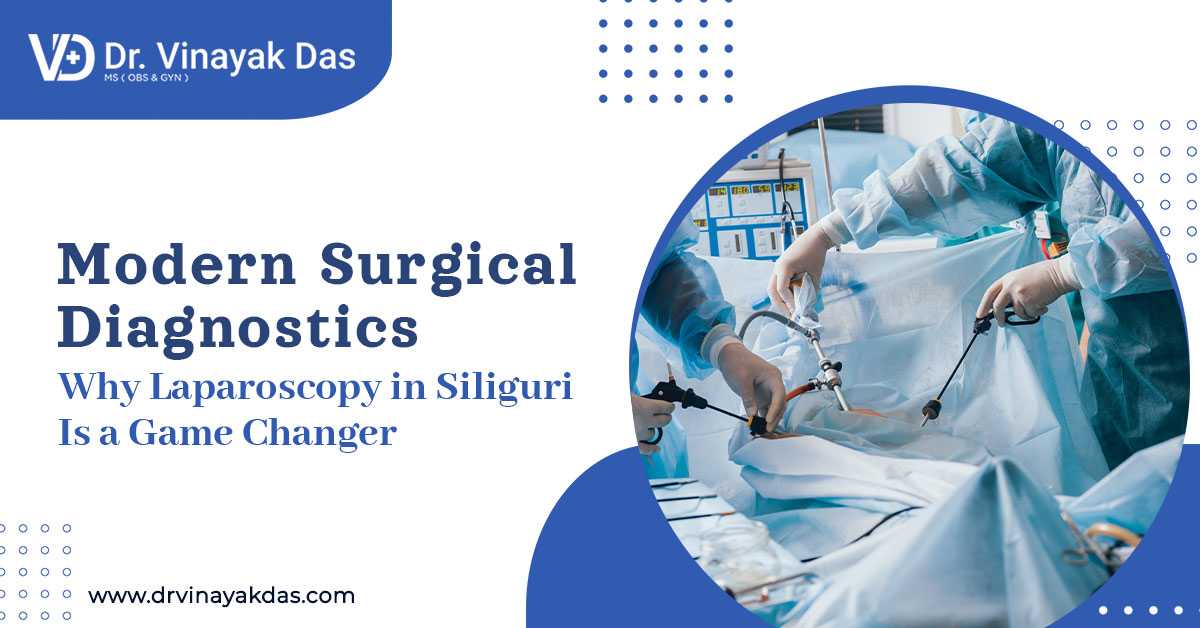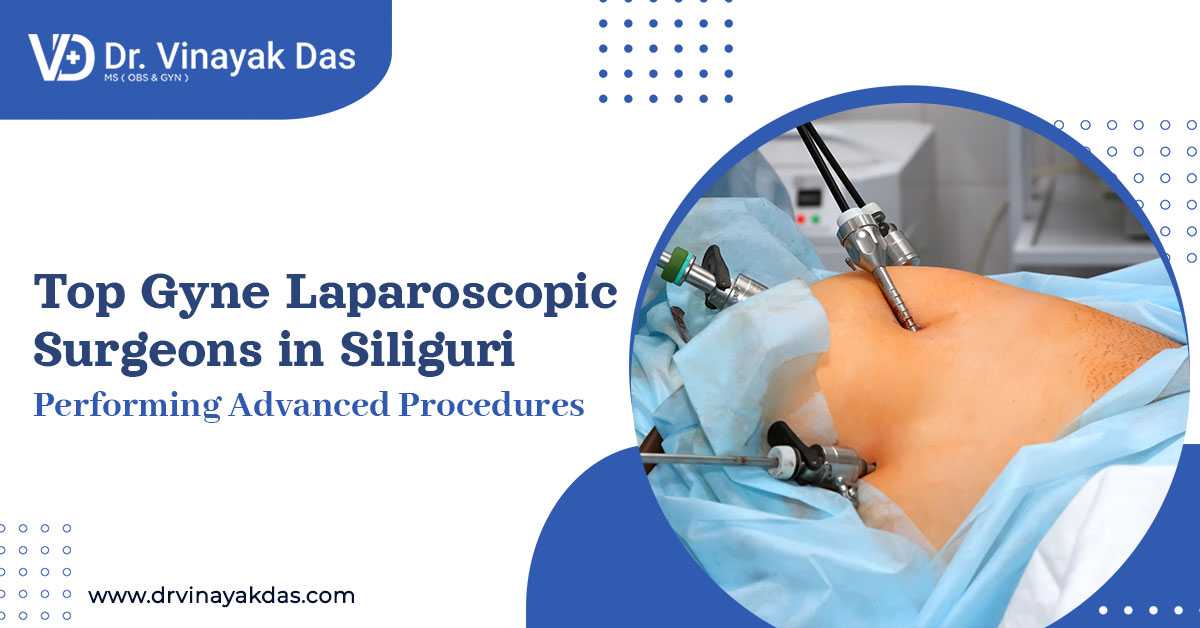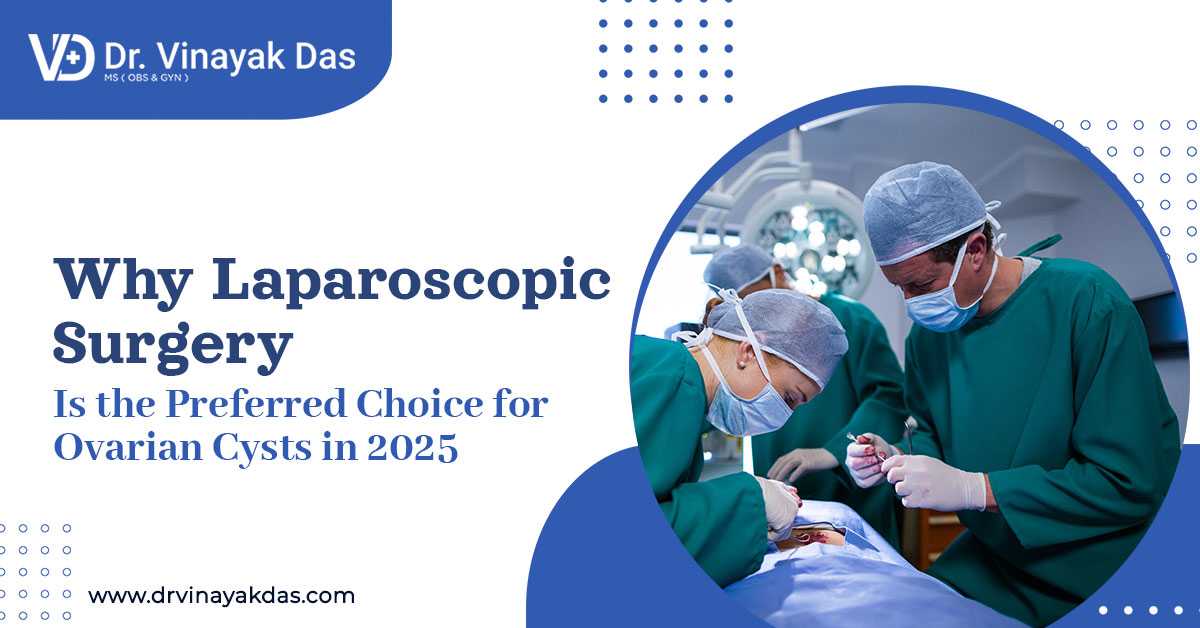Dealing with ovarian cysts can be really uncomfortable pain, bloating, or irregular periods that can mess with daily life. If this sounds familiar, Laparoscopic Ovarian Cystectomy in Siliguri might be worth considering. It’s a minimally invasive way to remove cysts while keeping the healthy part of your ovary intact. The procedure usually means smaller cuts, less pain afterward, and a quicker recovery compared to traditional surgery. Many women find it helps them get back to normal life faster, with fewer complications. Of course, talking to a trusted gynecologist is key to understanding what’s right for you.
When Ovarian Cysts Need Surgical Treatment
Surgery is not necessary for every ovarian cyst. Many cysts are closely monitored with regular ultrasounds and managed conservatively with medications if needed. Surgical intervention is considered when:
- The cyst is large or continues to increase in size despite observation.
- It causes severe, frequent, or worsening pain.
- There is internal bleeding or rupture within the cyst.
- The cyst appears suspicious on imaging, raising concerns about potential malignancy.
- The cyst threatens fertility by damaging ovarian tissue or blocking reproductive structures.
- It exerts pressure on adjacent organs, causing uncomfortable symptoms.
In these scenarios, laparoscopic surgery offers a targeted, effective treatment option that minimizes disruption to the ovary and overall health.
What Happens in a Laparoscopic Surgery?
Laparoscopic surgery, sometimes called keyhole surgery, is a modern, minimally invasive technique that uses several very small incisions (usually less than 1 cm) instead of a large single cut. This allows the surgeon to operate through tiny openings using specialized instruments and a laparoscope, a thin tube equipped with a high-definition camera.
During the procedure, the abdomen is inflated with carbon dioxide gas. This lifts the abdominal wall away from the organs, creating space for the surgeon to work and improving visibility. The laparoscope transmits real-time images on a monitor, allowing precise manipulation of small surgical tools inserted through other incisions.
Benefits of laparoscopy include reduced pain due to smaller cuts, minimal blood loss, shortened hospital stays, lower infection risk, and faster return to normal life. Importantly, this approach facilitates preservation of ovarian tissue, which is crucial for women wishing to maintain their fertility.
Reasons Why People Choose Laparoscopic Surgery in 2025
Laparoscopic surgery has become a go-to option for many conditions, especially ovarian cysts. By 2025, more patients and doctors will favor this approach because it usually means less pain, faster recovery, and smaller scars compared with traditional open surgery. Here are the main reasons people choose laparoscopic surgery today.
Smaller Cuts and Minimal Scars
One of the biggest reasons people prefer laparoscopic surgery is the size of the cuts. Instead of making a large incision to access the inside of the body, surgeons make a few tiny cuts, each less than half an inch. These small incisions cause less trauma to the skin and muscles. As a result, people have smaller scars that fade quickly, leaving hardly any visible marks. This benefit is especially important for those concerned about the appearance of scars after surgery.
Less Pain and Discomfort
Because laparoscopic surgery involves making small incisions instead of large cuts, there is less damage to the surrounding tissues. This means patients typically experience much less pain after the procedure. Less pain means there is often a reduced need for strong pain medications, which can have side effects. Many patients find the recovery period much more comfortable compared to traditional surgery.
Faster Recovery Time
The smaller the incision, the quicker the body heals. With laparoscopic surgery, recovery is generally faster because there is less tissue to repair. In many cases, patients can leave the hospital within a day or two, while traditional open surgery patients might need to stay for a week or longer. Patients often return to their normal activities, including work and exercise, sooner, which minimizes disruptions to their daily lives.
Lower Risk of Infection and Complications
Smaller incisions mean a reduced risk of infection because there is less exposure of internal organs. Additionally, the precise instruments and high-tech cameras used during laparoscopy allow surgeons to operate more accurately and carefully, limiting any unintended damage to nearby tissues. This precision reduces the chances of bleeding, infections, or other complications that are more common with open surgery.
Improved Surgical Precision and Visualization
Laparoscopic surgery uses a tiny camera called a laparoscope to send high-definition, magnified images of the operating area to a monitor. This enhanced visualization allows surgeons to see inside the body with incredible detail. The small instruments used can be maneuvered precisely based on this clear view. This level of control helps surgeons perform delicate procedures effectively, improving outcomes and preserving healthy tissue.
Less Blood Loss
Compared to traditional open surgery, laparoscopic surgery usually results in less blood loss. The small incisions and precise surgical techniques help minimize bleeding during the operation. Less blood loss means patients are less likely to need transfusions and often have a smoother recovery.
Shorter Hospital Stay and Reduced Costs
Because patients recover faster and with fewer complications, they spend less time in the hospital. Spending fewer days in the hospital not only reduces the risk of hospital-related infections but also lowers overall healthcare costs for patients and insurance providers. This makes laparoscopic surgery a more affordable option in the long run.
Better Cosmetic Results
Aside from medical benefits, many patients choose laparoscopic surgery because of the cosmetic advantages. The small incisions leave just tiny scars, which are often hidden in natural skin folds or less visible parts of the body. This helps people feel more confident about their physical appearance post-surgery.
Wide Applicability
Laparoscopic surgery is not limited to just one or two conditions; it is used for a wide range of procedures, from gynecological surgeries like ovarian cyst removal and hysterectomy to gastrointestinal and urological surgeries. This versatility adds to its appeal, as patients can opt for this less invasive method for many surgical needs.
Lower Risk of Hernia and Other Long-Term Issues
Because laparoscopic surgery involves smaller cuts and less disturbance to the abdominal wall, it reduces the risk of developing hernias later on. Open surgeries with large incisions sometimes weaken the body wall and increase the likelihood of such complications. Minimally invasive surgery helps maintain stronger muscles and skin integrity.
Use of Advanced Technology
In 2025, laparoscopic surgeries will benefit from the latest advancements such as 3D cameras, robotic assistance, and AI-powered imaging tools. These technologies make the surgery safer and more precise than ever before. Patients can expect shorter surgery times, fewer errors, and smoother recoveries due to these innovations.
Less Physical Trauma and Faster Return to Normalcy
Overall, laparoscopic surgery results in less physical trauma to the body. Apart from less pain and blood loss, patients experience reduced swelling and faster healing. This helps them get back to their favorite activities, hobbies, and work much sooner than with traditional surgery.
If surgery is needed for conditions like ovarian cysts, discussing laparoscopic options with your doctor can lead to better outcomes and a smoother recovery experience.
Conclusion
Laparoscopic surgery for ovarian cysts has really changed the game in women’s healthcare. With smaller cuts, less pain, and a quicker recovery, it’s much easier on the body than traditional surgery, and it usually preserves fertility too. Technology and experience make the procedure safer and more precise than ever. If ovarian cysts are causing discomfort, bloating, or other issues, talking to a skilled surgeon can make a big difference. You can consult Dr. Vinayak Das to see if laparoscopic cyst removal is the right option for you and get guidance on the best approach for your health.




